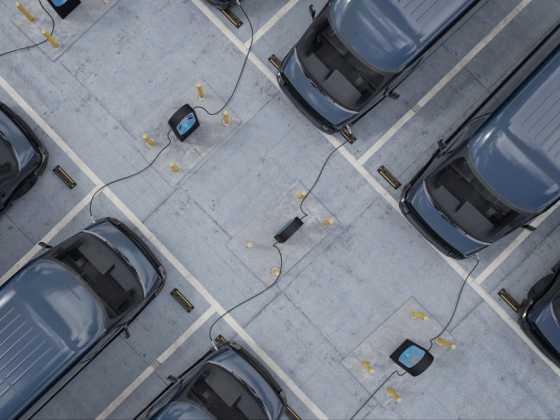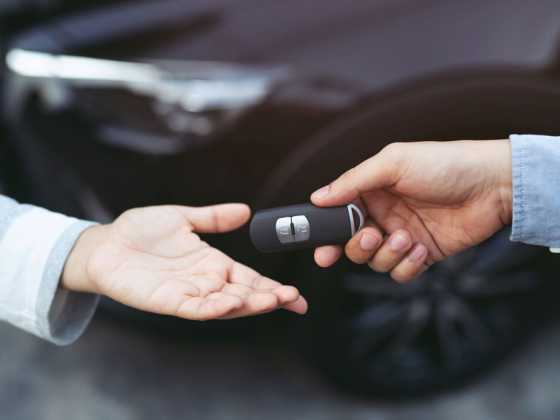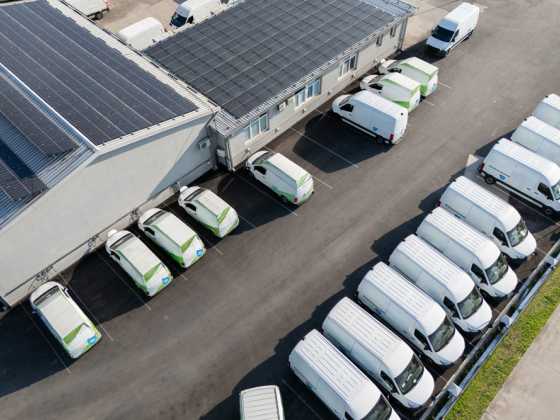Eastlake on the Road to Zero

So who is in the driving seat when it comes to navigating the “Road to Zero”?
This was the question posed at the LowCVP’s recent 2018 Annual Conference following hard on the heels of the government’s long-awaited announcement of the ‘Road to Zero’ strategy.
The strategy sets out a clear direction of travel and complements the government’s Clean Growth, Industrial and Clean Air Strategies, but its detractors suggest that it doesn’t push the accelerator pedal hard enough. So our conference focused on the respective roles of consumers, suppliers and policymakers in delivering the rapid change desired.
Electronic polls of the audience at the start and end of the event pointed to the shortage of sufficient numbers and varieties of EV/ULEV products in the market as being a key inhibiting factor in market growth right now. Cost also came through as a clear barrier, but speakers pointed to projections of further cost reductions as scale economies kick in and battery prices tumble.
Several speakers provided a more nuanced response to the conundrum, explaining that policymakers have the ‘whip hand’ and that producers and consumers will, ultimately, take their lead from the way policies and regulations are configured.
My view is that it’s not just the multitude of policies in the Road to Zero that are important, but the way they’re communicated that’s really the challenge.
For example, despite repeated assertions in almost all media channels of its existence, there is actually no future ‘ban’ on any vehicles or technologies and indeed no plans to implement one. There is, though, a target for 2040 which is for zero (tailpipe) emissions from new cars and vans. The majority of vehicles are to be 100 per cent zero and the rest to have significant (read approx. 50 miles min) ZE range.
The strategy does not stipulate that 2040 vehicles must be battery electric or fuel cell. ICE vehicles could still figure if – and this is a huge technical challenge of course – all the exhaust emissions were captured and safely removed. The engineers now have a clear objective and a free hand to deliver it.
Another common misconception, I believe, is that different authorities across the country will be imposing different clean vehicle standards and Clean Air Zone (CAZ) regulations. This is not the case and a common vehicle standard, including any and every vehicle you buy new today, can enter the zones without charge or penalty.
To help address these challenges and perceptions, the DfT (with LowCVP help) is creating a Road Transport Emissions Advice Group (RTEAG) – the formation of which was announced in the Road to Zero publication.
The Group aims to provide motorists with the clear and simple help and advice with, consistent key messages that can be adopted and delivered by all those who have a role in communicating with consumers. In this time of ‘fake news’ and trial by media, getting proper facts (not ‘alternative’ ones) clearly delivered will be crucial to engaging drivers and others in the changes needed and to educate them about the benefits we can all derive from the change.






